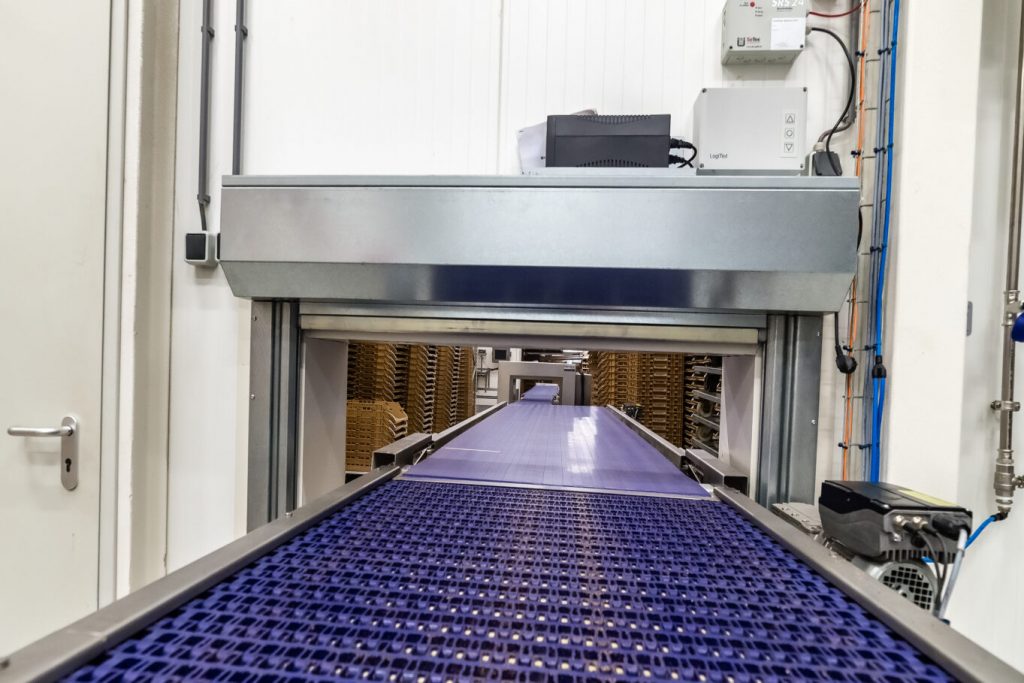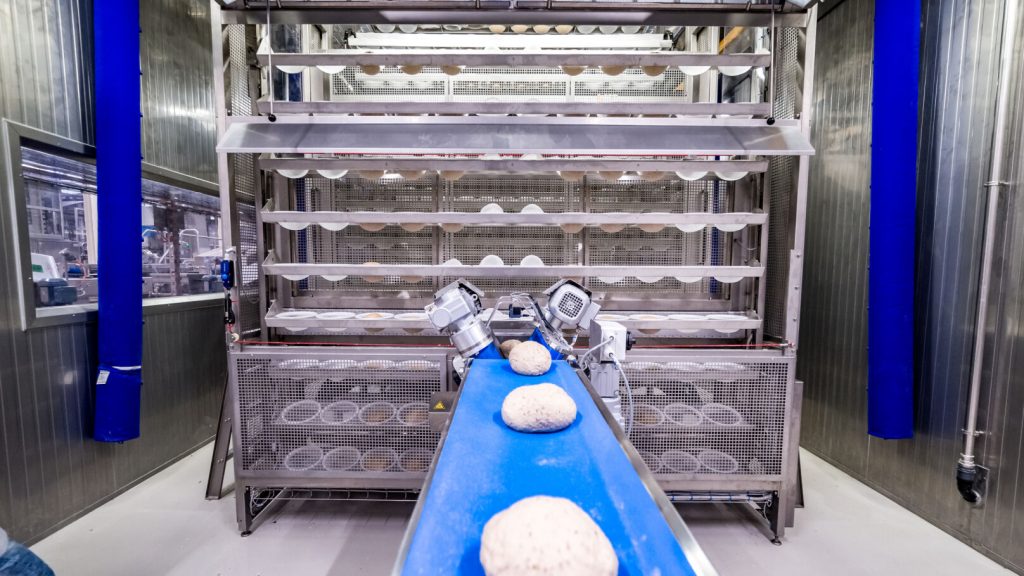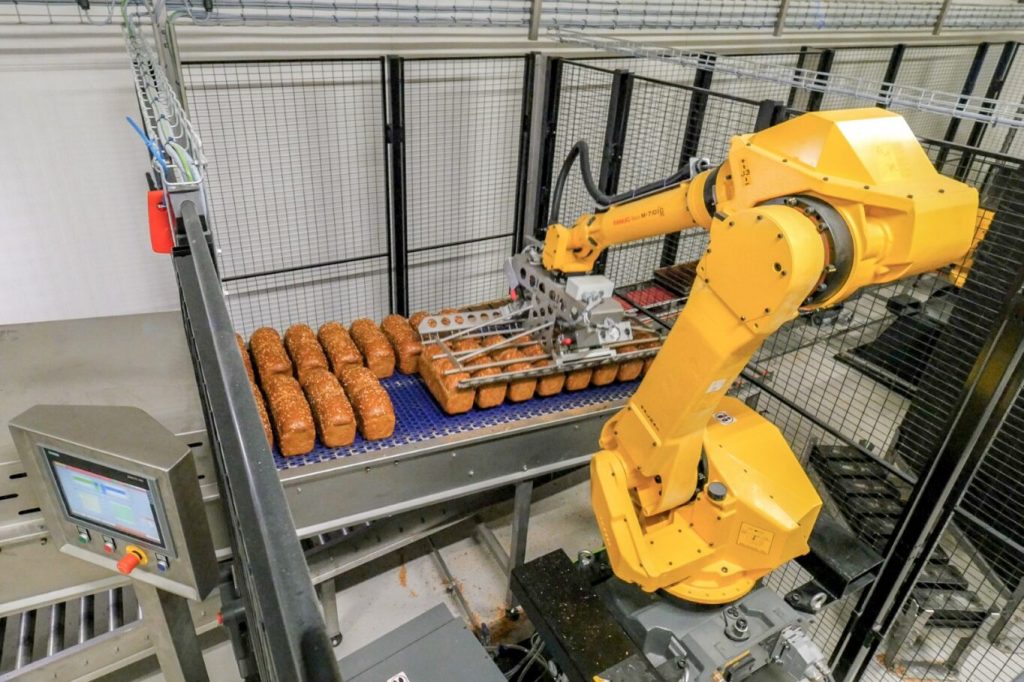
Why data?
Collecting production data can be a valuable tool in preventing failures and minimizing downtime in production processes. Here are some ways this can be achieved:
The Benefits of Data Collection in Bas360
Collecting data during the baking process in Bas360 offers various benefits that improve efficiency and product quality. By analyzing data, Bas360 can identify and optimize inefficiencies, leading to lower costs and higher productivity. Real-time insights into production allow for the optimization of kneading and baking temperatures, as well as minimizing changeover times. Data analysis also contributes to better quality control, consistent product quality, and the prevention of deviations, which is crucial for food safety and customer satisfaction. Additionally, data collection helps reduce waste and energy consumption, promoting sustainability. Finally, data-driven decision-making enables flexible adjustments and stimulates innovation, allowing Bas360 to adapt to market demand and implement new technologies. By leveraging these benefits, Bas360 can strengthen its competitive position and deliver better products.


Predictive maintenance
By continuously collecting data on the performance of machines and equipment, such as vibration levels, temperature, pressure, and wear, patterns and trends can be identified that may indicate impending failures. Using advanced analytics and machine learning algorithms, predictive models can be developed to forecast potential failures before they occur. Based on these predictions, preventive maintenance measures can be implemented to minimize the likelihood of breakdowns and avoid downtime.
Root cause analysis
Collecting detailed data on downtime, failures, and maintenance activities allows for the analysis and understanding of the causes of failures. By identifying the underlying reasons for failures, such as defective components, lack of maintenance, or operational errors, targeted measures can be taken to address these issues and prevent future downtime.


Real-time monitoring
The use of sensors and IoT devices enables companies to monitor machines and equipment in real time. When abnormal situations are detected, such as deviations from optimal operating parameters or warning signals for impending failures, immediate action can be taken to address the issue before it leads to downtime.

Training and competency development
Through targeted training and competency development, employees can be prepared to effectively address problems and reduce the likelihood of human errors, which in turn can lead to less downtime.

Continuous improvement
By collecting and analyzing production data, improvement opportunities can be identified to enhance the reliability and availability of machines. By continuously learning from past experiences and applying data-driven insights, companies can optimize their processes and reduce the likelihood of failures.
